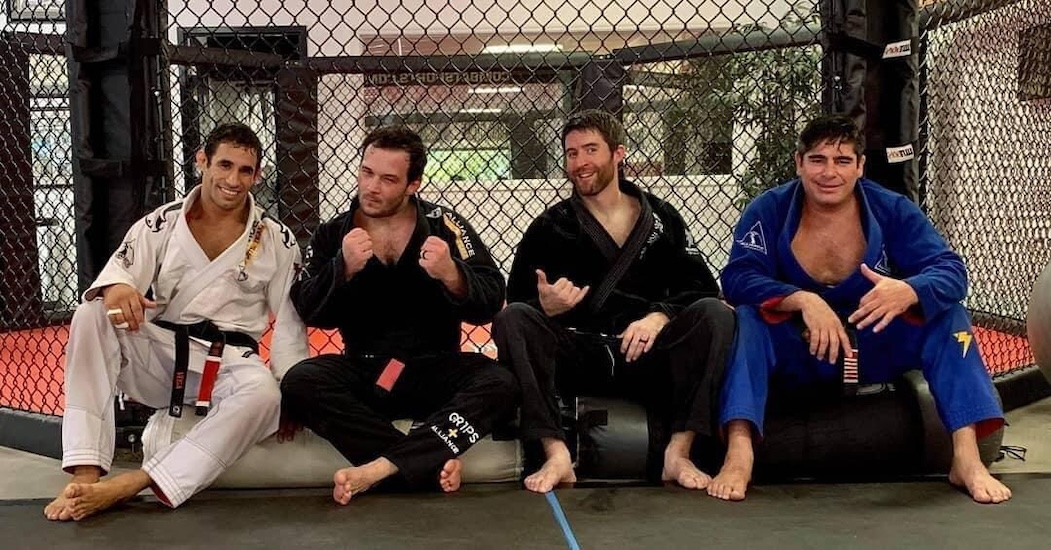
Jiu-Jitsu history can be traced back to India, where it was practiced by Buddhist monks many centuries ago. The monks used the art as self-defense by relying on techniques of balance and leverage without the use of weapons. With Buddhism spreading to other Asian nations, finally arriving in Japan, where it gained popularity. Jiu-Jitsu is still practiced in its traditional form today.
Conde Koma
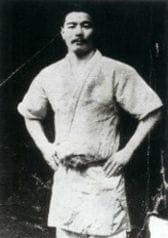
Japanese Jiu-Jitsu masters would travel to other countries to teach, and compete in competitions to help spread the art of Jiu-Jitsu. Esai Maeda Koma, also known as “Conde Koma,” was a master who traveled to Brazil in 1915.
Conde Koma was assisted by Gastao Gracie, a Brazilian politician, in establishing a Japanese Village in Brazil. In return for helping him, Conde Koma spent a year teaching Gastao Gracie’s eldest son Carlos the art of Jiu-Jitsu.
Carlos Gracie

Carlos learned the art for personal improvement and self-defense. Free from the restrictions of traditions, he and his brother Hélio reinvented Japanese Jiu-Jitsu into a martial art more effective for a smaller person. This reinvention of Jiu-Jitsu has become known as Brazilian Jiu-Jitsu. In 1925, Carlos moved to Rio de Janeiro, where he opened his own academy and began teaching and competing. Carlos would teach and prove the effectiveness of the art by defeating opponents who were physically stronger and bigger than him. Carlos also taught his philosophies of life and his concepts of natural nutrition. Carlos Gracie saw the art as a way to become a man who was more tolerant, respectful, and self-confident.
Rolls Gracie
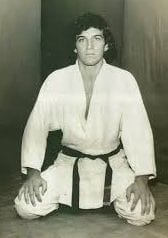
As a child, Rolls was raised by his uncle Hélio, with whom he trained extensively in Brazilian Jiu-Jitsu. Rolls trained and taught at Carlson’s Copacabana Academy and eventually met a judo practitioner named Osvaldo Alves, who trained with him for a year, improving his skills. Upon his return to Carlson’s school, Rolls trained and influenced Rickson, Royler, Rillion, Crolin, and Carlos Gracie, Jr.
Rolls competed in many tournaments in various martial arts styles including sambo and wrestling. The video “Gracie in Action” documents Rolls and his students defeating several karate students and their teacher.
Rolls’ mother was Italian but lived in New York City, where Rolls spent a lot of time. He was the first Gracie to venture away from Jiu-Jitsu. While there, Rolls befriended an American wrestling coach (Bob Anderson). Anderson spent time teaching Rolls some wrestling techniques and allowed Rolls to train with him while in the US. Rolls is credited with blending those wrestling techniques into his style of BJJ. Gracie and Anderson later went to the AAU National Sambo Championships and the YMCA National Championships. Both of them won their respective divisions.
Romero “Jacaré” Cavalcanti
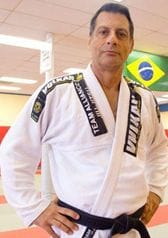
Born in 1952, Jacaré began his BJJ training at 11 years old. At the age of 16, he joined the famous Gracie School in Copacabana where he grew up. Jacaré and the Gracies lived in the same neighborhood; he was in the same BJJ class as Carlos Gracie Jr., Crolin Gracie, Fabio Santos, Mauricio Gomes, the Machados, Rickson Gracie, and many others.
After competing extensively from 1972 to 1985 and working as an assistant instructor at the Gracie School, Jacaré opened his first school in Ipanema, Brazil. He soon became one of the most respected instructors in Brazil, going on to found and coach the famous powerhouse Alliance Team. Among many important titles, the Alliance Team has won is five World Championships (1998, 1999, 2008, 2009, 2010).
The Alliance is home to world-class fighters and instructors like Fabio Gurgel (four-time World Champion), Marcelo Garcia, Malfacine, Terere, Bernardo Faria, Gabi Garcia, Luanna Alzuguir, Fernando Gurgel, Gigi, Felipe Neto, Cobrinha, Lucas Lepri, Tarsis Humphries, Micheal Lungi, Soluco, Ian McPherson, Rafael Rosenda, Chris Moriarty, Babs, Sergio Moraes, Batista, Diogo, Vlad Williams, Ed Kennedy and many others.
Felipe “Zicró” Neto
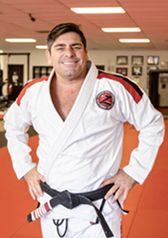
Felipe “Zicro” Neto began competing early in his Jiu-Jitsu training, at the age of 17. He has competed extensively in Brazil and the US. Felipe was promoted to Black Belt on January 20, 1998, in the Alliance headquarters in Atlanta, where he worked as an assistant instructor for 2 years under Professor Jacaré Cavalcanti. It was a well-deserved promotion. Those who train with Felipe know that he is not only an excellent trainer with a vast knowledge of Jiu-Jitsu but also a good friend.
Felipe has been continuing the tradition of his professor since Alliance was found in 1993, at the Master Academy in Ipanema Rio de Janiero Brazil. Throughout the years, Felipe has trained and developed his Jiu-Jitsu skills with his teammates: Alexandre “Gigi” Paiva, Fernando Gurgel, Ricardo “Franjinha” Miller, Leonardo Vieira, Ricardo Vieira, Rodrigo “Comprido” Medeiros, Paulo Sergio Santos, Felipe Costa, Eduardo “Jamelão” Conceição, Marcelo “Telo” Mendes, Octavio “Ratinho” Couto and many others.
Felipe now has an education in Exercise Science from Estacio de Sa University in Rio de Janeiro, and He is a 6th degree Black Belt in Brazilian Jiu Jitsu. Like most of the Alliance Black Belt instructors did not forget who he was when he walked out of the academy doors. Felipe’s students will attest to the fact that he will do anything he can to help you, whether it be in training or in personal life. He truly cares about his students and the members of his Jiu-Jitsu team.

